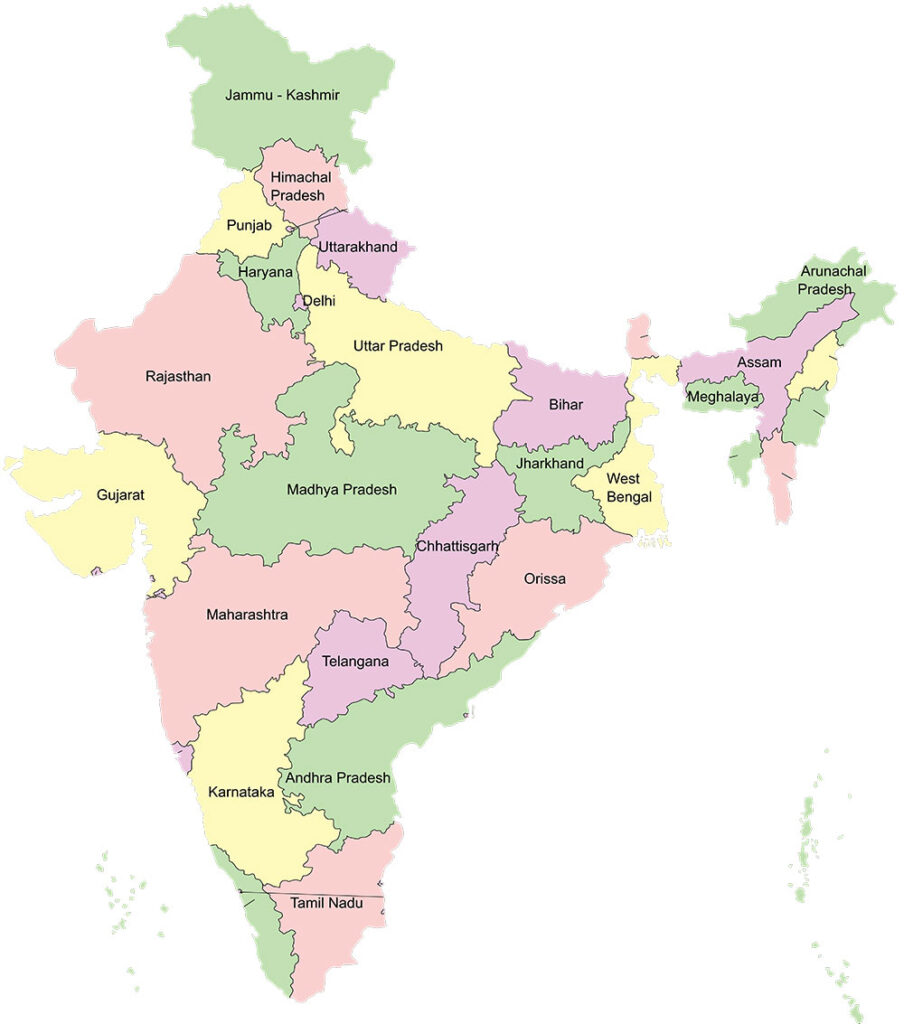India improves in the logistics ranking of the World Bank by jumping 6 places to Rank 38 out of 139 countries in the 7th edition of Logistics Performance Index (LPI 2023). India has been taking numerous initiatives since 2015 under the visionary leadership of the Prime Minister Shri Narendra Modi to improve its logistics efficiency. The World Bank has acknowledged India’s efforts towards increasing logistics efficiency. On 4 out of 6 LPI indicators India has seen remarkable improvement on the back of various initiatives being implemented over the past few years.
This is a strong indicator of India’s global positioning, with this development being powered by our Government’s laser focus on reforms for improving logistics infrastructure. In October 2021, the Government of India launched the PM GatiShakti National Master Plan (PMGS-NMP) towards a coordinated approach, leveraging technology, for infrastructure planning and development. PMGS envisages breaking silos among different Departments / Ministries in States / UTs by combining all relevant data on a National Master Plan and State Master Plans (portals) respectively. It is a GIS based tool which integrates existing and proposed infrastructure initiatives of different Central Ministries, to ensure first and last-mile connectivity, for seamless movement of people and goods. At the heart is intense communication and extensive data sharing among Central and State agencies promoting collaborative approach. Through the power of technology and collaborative efforts of concerned agencies put together, PM GatiShakti addresses the emerging needs of transforming the logistics landscape due to factors like rapid urbanization, changing energy choices, e-commerce, need to develop resilient supply chains etc.

In September 2022, the Prime Minister launched the National Logistics Policy (NLP) which acts as a guiding document for States / UTs seeking to formulate logistics policy (19 States / UTs have notified their logistics policy). The policy is centred around upgradation and digitisation of logistics infrastructure & services. Further with focus on bringing efficiency in services (processes, digital systems, regulatory framework) and human resources, the policy puts marked emphasis on streamlining processes for seamless coordination, and reduction in overall logistics cost, besides incentivizing employment generation and skilling of the workforce. NLP lays emphasis on the shift towards more energy-efficient modes of transportation and greener fuels to reduce the carbon footprint. The policy also focusses on adopting the usage of multimodal transportation and complementing it by building multimodal logistics parks. Further it emphasized on the importance of targeted policy reforms to improve time spent by cargo at port, airports, and multimodal facilities since most of the delays occur at these locations. The Government of India also invested in trade-related soft and hard infrastructure connecting port gateways on both coasts to the economic zones in hinterland. Technology has been a critical component of this effort, with implementation under a public-private partnership of a supply chain visibility platform, which has contributed to remarkable reductions of delays. NICDC’s Logistics Data Bank project applies radio frequency identification (RFID) tags to containers and offers consignees end-to-end tracking of their supply chain. Its implementation started in 2016 on the Western part of India and was scaled up to Pan India level in 2020. With such initiatives of transparency, visibility, and ease of doing business, there has been significant improvement in cross-border trade facilitation.
Also, the Logistics Data Bank project promotes healthy competition amongst the ports as it provides information on performance benchmarking, congestion, dwell time, speed, and transit time analysis. Over a period, it has also become a repository of data & information relating to the logistics industry and the same is shared with the stakeholders through monthly, quarterly, and annual reports as a source of data for decision making and improving logistics efficiency. The LPI report appreciates the Logistics Data Bank which reduces inefficiencies while connecting hinterland to ports.
At a sub-National level, the Department for Promotion of Industry and Internal Trade (DPIIT) has been conducting LEADS (Logistics Ease Across Different States) study since 2018 which helps to identify and resolve logistics inefficiencies and improve trade facilitation across supply chains. On a national level, India has notified Productivity Linked Incentive (PLI) Scheme for boost to creating global champions in manufacturing, PM Mitra Textile Parks, Bulk Drug Parks, other areas of manufacturing and 43 Towns of Export Excellence meticulously focusing on specific sectors for exports and provision of related infrastructure. Resolving the logistics gaps / bottlenecks will help decrease the logistics cost and will lead to increment in logistics efficiency which will contribute to ongoing reforms aimed at India becoming a global manufacturing / production hub in the coming years.
Further other initiatives like Sagarmala which aims to improve connectivity to ports and reduce cargo dwell time and Bharatmala which focussed on improving road connectivity of major corridors have played a pivotal role in improving India’s logistics efficiency. The LPI index is a perception-based survey conducted across select stakeholders dealing with respective countries.
Source: pib.gov.in
